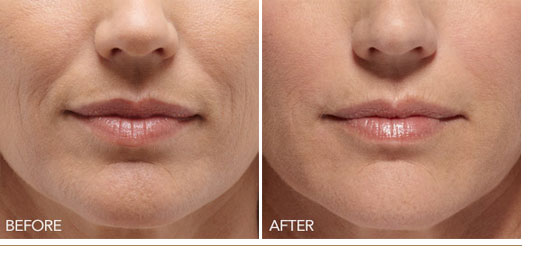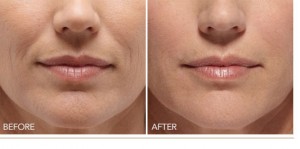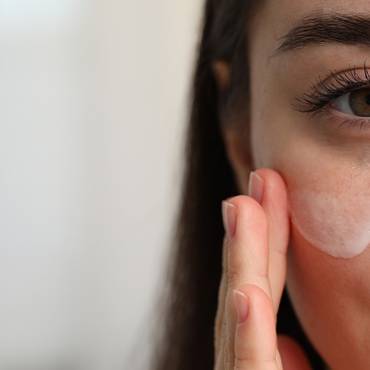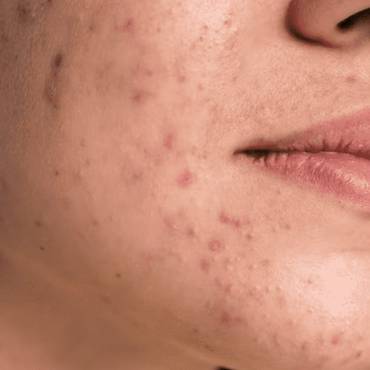Today, wrinkle fillers are one of the most popular skin treatment methods used by several males and females to hide their age effects and to maintain their beauty.
Nowadays, more and more people are opting for various skin treatments to retain their youth, get rid of their age effects like forehead furrows, laugh lines, and crow’s feet or to at least increase their youthful appearance. Today there are various types of wrinkle fillers available based on the source, durability and depth of the fillers injected.
Classification of fillers:
• Source:
1. Human
2. Non-human
3. Synthetic
• Durability:
1. Absorbable
2. Non-absorbable
3. Temporary
4. Permanent
• Depth:
1. Subcutaneous
2. Dermis
3. Intramuscular
The injectable soft tissue fillers are approved by FDA. The injections are used to help the skin to gain the youthful appearance by filling in the facial wrinkles and temporarily make the skin defy aging. These are just temporary fillers as they soon get absorbed in the body.
Also Read: Did you pick your glass of green tea this morning
Filler materials used:
The wrinkle fillers are made up of several materials; some of them are used in combination also. The commonly used cosmetic filler materials are:
1. Temporary fillers (absorbable)
• Collagen fillers made up of highly purified human or cow collagen
• Hyaluronic acid gel that is produced in the body
• Calcium hydroxylapatite, a mineral component of bone
• Poly-L-lactic acid that is used from ages in the dissolvable stitches and bone screws
2. Permanent fillers (non-absorbable)
• Polymethylmethacrylate beads those are biocompatible but not absorbable
Even though FDA has approved the use of fillers, yet wrinkle fillers should not be used for the following:
• Breast size enhancement or breast augmentation
• Implantation in the bones, tendons and ligaments and muscles
• Implantation in blood vessels
These are the suggestion based on the potential risks associated with getting an injection for the wrinkles. Just like with any other medical procedures, there are many risks associated with the injection of wrinkle fillers. The side effects may appear within a few days, or it may take weeks or months to show up. The common possible risks include:
• Bruising
• Redness
• Pain
• Swelling
• Tenderness
• Rashes
• Itching
• Infection
• Open wounds
• Skin death causing disfiguration of skin if accidently the injection is blocking the pathway of a blood vessel
• Small bumps or raised bumps that need to be surgically removed
• Wrinkle fillers breaking through the skin
• Soreness at the site of injection
• Allergic reaction to the fillers that might require emergency medical treatment
• Flu-like symptoms
Some people are allergic to the fillers, this shows that they should not use the fillers. Some severe warning signs that show wrinkle fillers are not meant for you:
• Severe allergies/anaphylactic shock history
• Allergy to eggs or collagen
• Allergy to lidocaine
• People have skin infections
• People having bleeding disorders
• Active inflammation
Brief of the most popular wrinkle filler of this century: Hyaluronic Acid Wrinkle Fillers
It is the most popular wrinkle filler after 2000’s, as earlier in 1980’s bovine collagen fillers were more popular. If you are willing to reduce the wrinkles on your face, then hyaluronic acid wrinkle fillers can be a good choice for you. It is dermal, absorbable filler that is compatible with the human body. It is a natural substance found in the body. Almost every single living cell on this earth has some percentage of this substance in the cell body. In humans the regions where the concentration of the substance is highest are:
• Soft connective tissues
• Fluid surrounding your eyes
• Skin tissue
• Fluids present in cartilage and joints
Hyaluronic acid wrinkle fillers are made by extracting the collagen and then reformulating to get the desired fillers. This acid is not derived from animal sources. Commonly the filler material hyaluronic acid is extracted from bacteria or rooster combs (avian).
When these acid fillers are injected into the skin/dermal layer, the acid combines with water and swells in gel form to give a smooth filling or tightening effect. The effect may last up to 6-12 months from the day of the injection. Hyaluronic acid use in the dermal fillers is chemically modified to do the task. Some research also shows that repeated shot of the fillers may initiate the body’s natural process of making collagen.
Conclusion:
Before you decide to go for the procedure of wrinkle filler injections, you should gain ample knowledge about its pros and cons. The people who are below 18 years of age or those women who are pregnant or breastfeeding should not go for such treatments.
Also Read: An attack of acne? Fight it with these home remedies




